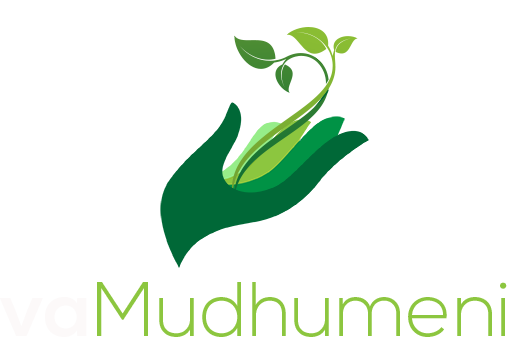By Albert Makendenge
A number of global trends are influencing food security, poverty and the overall sustainability of food and agricultural systems. Information from the World Government Summit report of 2018 shows that the four main developments placing pressure on agriculture to meeting the demands of the future are demographics, scarcity of natural resources, climate change and food waste.
Although demand is continuously growing, by 2050 the agricultural industry will need to produce 70% more food. Meanwhile, agriculture’s share of global GDP has shrunk to just 3 percent, which is a staggering third of its contribution just decades ago. Roughly 800 million people out of the 7 billion or so that the earth carries are suffering from hunger and around 650 million will still be undernourished by 2030 if the situation continues as it is. The reality is that very little has taken place in the industry or the little that has taken place has only been accessed by a few – in any case nothing to indicate that food scarcity and hunger will not be an issue in the coming decades.
Meeting these challenges will require a concerted effort by governments, investors and innovative agricultural technologies. Agriculture will not have to depend on applying water, fertilizers and pesticides uniformly across entire fields. Instead, farmers will use the minimum quantities required and target very specific areas. Future agriculture will make use of sophisticated technologies such as robots, temperature and moisture sensors, aerial images and GPS technology. These advanced devices and precision agriculture and robotic systems will allow farms to be more profitable, efficient, safe, and environmentally friendly. If this outlook is anything to go by, then the future of agriculture surely is bright

